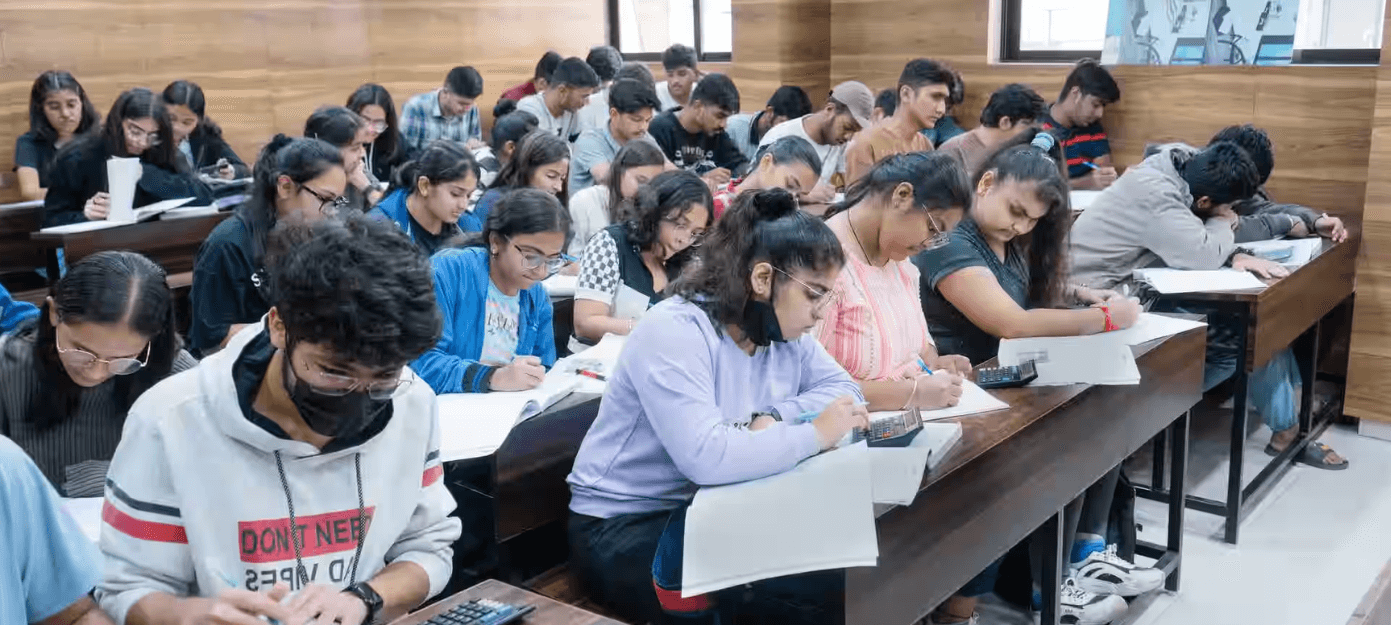The journey from the classroom to a thriving career is one of the most significant transitions in a student’s life. While education provides the foundational knowledge, it is the ability to apply that knowledge in the real world that determines career success. Unfortunately, there has long been a gap between what students learn in school and the skills employers demand. Bridging this gap requires innovative strategies, forward-thinking educators, and practical experiences that prepare students for the workforce.
Why the Gap Exists
Many academic programs focus on theory, leaving students with a wealth of knowledge but little understanding of how to apply it in professional settings. Courses may excel at teaching concepts, but without real-world context, students can feel lost when they step into their first job. This gap is often exacerbated by rapidly evolving industries, where the skills needed to succeed are constantly changing.
Employers are looking for graduates who are not just knowledgeable but are adaptable, tech-savvy, and ready to hit the ground running. Yet, without the right experiences during their education, students may find themselves underprepared for the demands of their chosen career path.
The Role of Educators in Closing the Gap
Forward-thinking educators are the key to closing the classroom-to-career gap. They recognize that their role goes beyond teaching; they are mentors, guides, and facilitators of real-world learning. Educators who are actively engaged in their industries bring invaluable insights into the classroom. By integrating case studies, current industry trends, and practical applications into their teaching, they offer students the opportunity to learn by doing—not just by reading or listening.
Moreover, expert faculty collaborate with industry leaders to shape curriculums that reflect the skills employers are seeking. This ensures that students are not only learning what’s relevant but are also gaining insights into the future needs of their field.
Practical Learning: Internships, Projects, and Case Studies
One of the most effective ways to bridge the gap between education and employment is through hands-on experience. Internships, real-world projects, and case studies offer students a taste of the professional world while still in school. Internships, in particular, allow students to apply their academic knowledge in a practical setting, build industry connections, and develop a portfolio of work that showcases their skills.
Similarly, industry-focused projects and case studies give students the chance to solve real-world problems and hone their critical thinking, teamwork, and communication skills. These practical experiences are not just resume-builders; they are confidence builders. They

Soft Skills Matter, Too
While technical knowledge is essential, soft skills are often the differentiator between a good employee and a great one. Communication, teamwork, adaptability, and problem-solving are highly sought-after skills that aren’t always emphasized in traditional education. By incorporating group projects, presentations, and collaborative activities into the curriculum, educators can help students develop these essential soft skills, which are crucial for career success.
The Role of Career Services
Career services play a critical role in helping students make the transition from classroom to career. Whether it’s resume building, interview coaching, or job placement assistance, these services provide the tools and support students need to navigate the job market. Moreover, career counselors can help students identify the skills they need to develop and provide guidance on how to gain those skills before graduation.
Mentorship and Networking
Mentorship programs connect students with industry professionals who offer guidance, advice, and sometimes even job opportunities. Networking is another key component of a successful career transition. Through alumni networks, industry events, and professional organizations, students can begin building connections long before they graduate. These connections can often open doors to internships, job interviews, and career advancement opportunities.
Conclusion: A Collaborative Effort
Bridging the gap between classroom learning and career readiness is not the responsibility of educators alone. It requires a collaborative effort from faculty, industry partners, career services, and the students themselves. By working together to provide practical experiences, mentorship, and real-world learning opportunities, we can ensure that students are not only prepared to enter the workforce but are ready to thrive in their careers.
This bridge is not just a path from one stage to the next—it’s the foundation for long-term success in an ever-evolving professional landscape.


